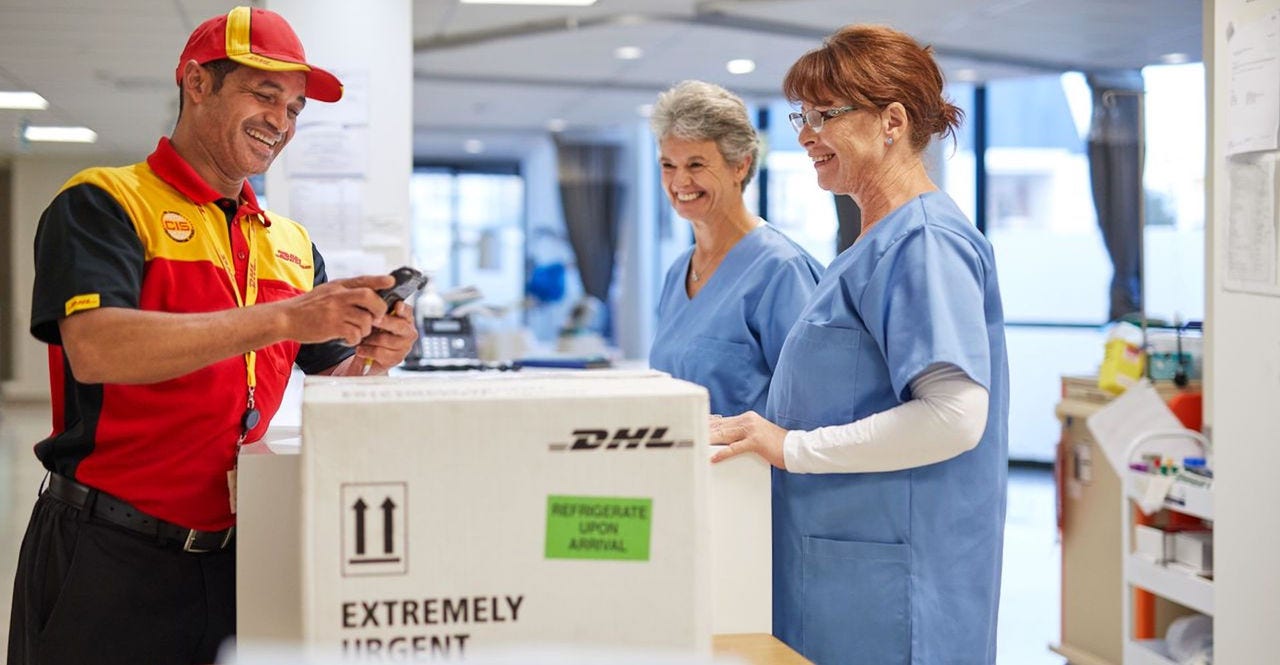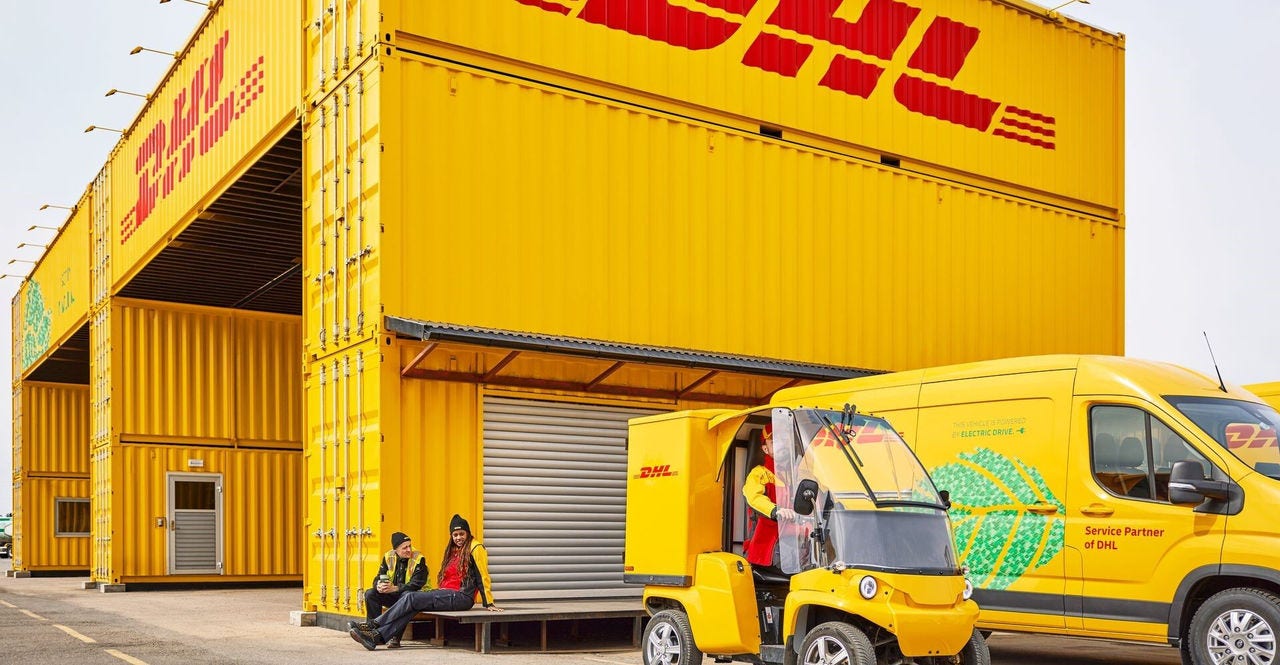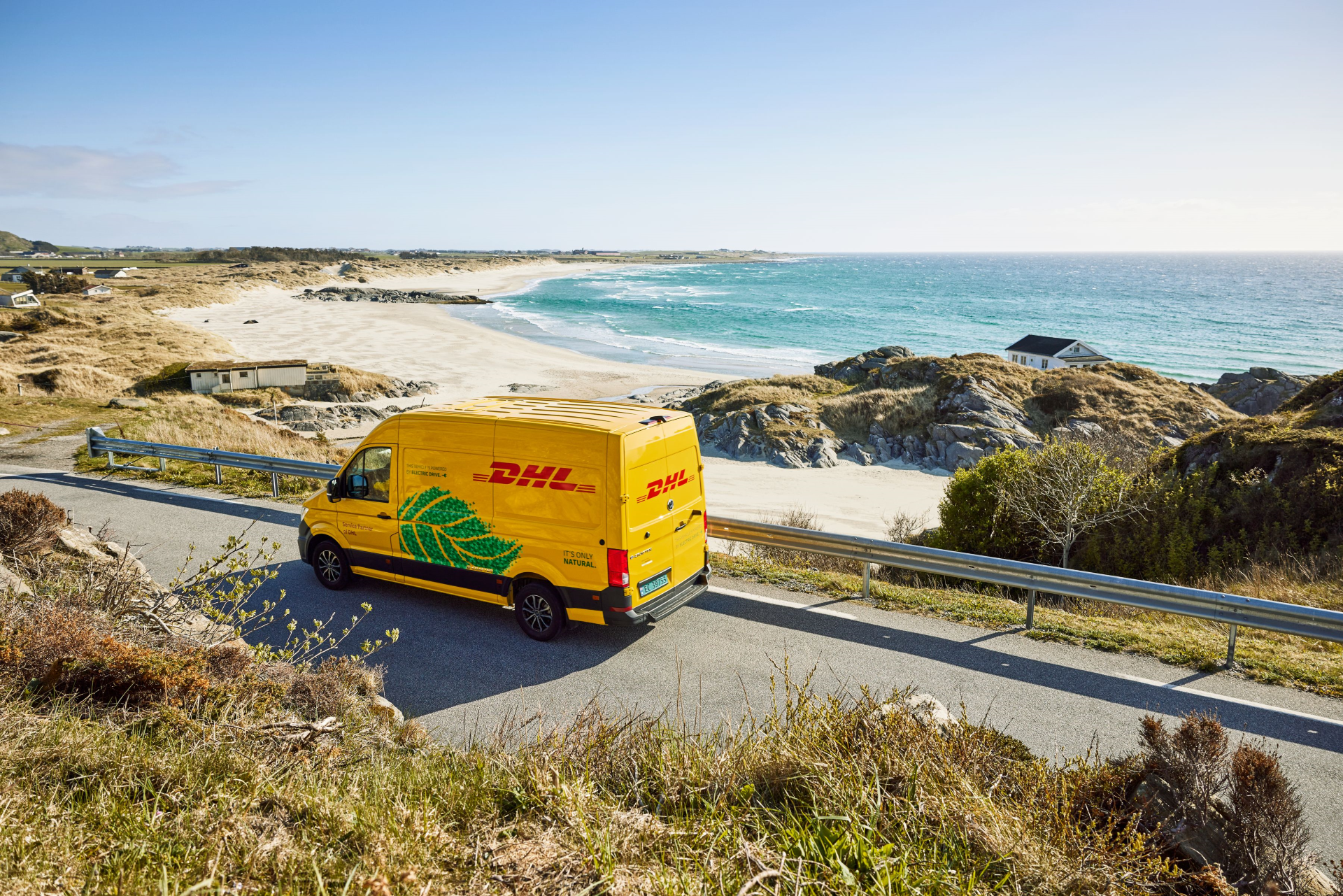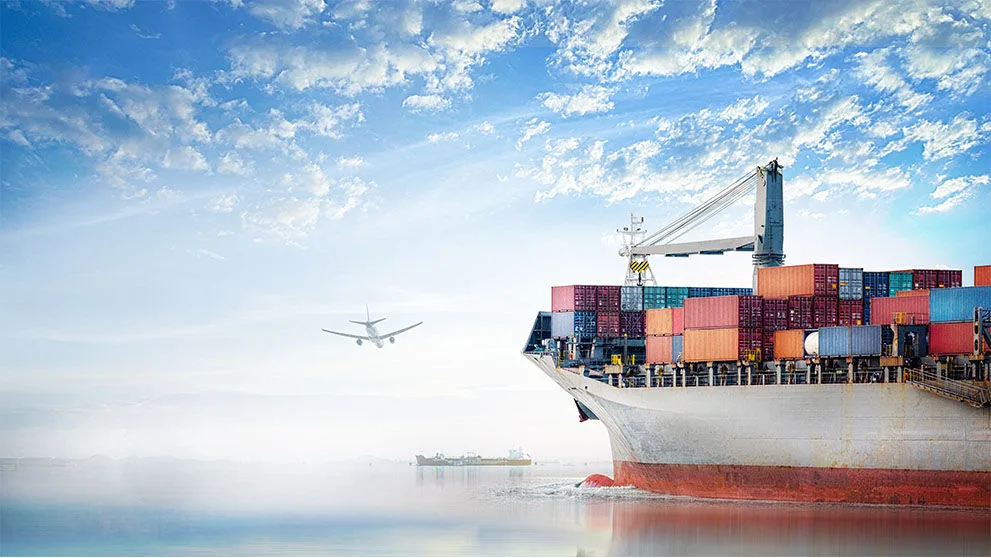
Drugs, pharmaceuticals, and chemicals can be temperamental to handle and transport, as each substance may require varying levels of temperatures or humidities. Cold chain logistics was created to counteract this and make the export and transport of pharmaceuticals a global procedure.
Cold chain pharmaceutical logistics refers to the management of a supply chain that is kept at a specific temperature or humidity to ensure that the drug or chemical in question is kept fresh and ready to use upon delivery. While cold chain logistics has been used in the food industry for many years, with refrigerated trucks and freezers, supply chain management has become important to maintaining the efficacy of various drugs, vaccines, and biologics.
Pharmaceutical transportation companies all over the world work tirelessly to ensure that they limit the number of spoiled goods, follow the guidelines set by relevant healthcare authorities, as well as provide patients with safe-to-use drugs for various health conditions.
This article aims to explore the crucial role of cold chain pharma logistics for New Zealand pharma exports, highlighting how specific pharmaceutical products necessitate specialized handling and temperature control. It will also detail how DHL Express can provide essential support throughout these complex shipping procedures, ensuring product integrity and compliance.
Why is cold chain needed for pharma exports out of New Zealand?
With technology advancing at a rapid rate, drugs and pharmaceuticals are evolving from simpler molecule-based drugs to more complex biotechnological compounds that specialise in targeting illnesses directly within the human body.
While this represents an opportunity for us to have unique treatments that help protect us from diseases, it also means that the drugs being used become less convenient to handle, with shorter shelf lives and inflexible temperature and humidity requirements.
Additionally, there is an increasing number of healthcare regulations that have to be followed when shipping fragile substances such as pharmaceuticals or biologics internationally. Hence, products are now required to be transported within strict temperature guidelines and only within certain conditions.
As such, the cold chain management of pharmaceuticals has become a vital part of New Zealand's pharmaceutical industry. Advancements of technology in logistics, such as blockchain technology, also help ensure that the more advanced biotechnological drugs and substances are transported quickly and with care so as to maintain the efficacy and integrity of the products. But how does it all work?
How is pharma cold chain logistics carried out?
1. Varying temperatures
When you think about cold chain logistics, you may think of frozen pharmaceutical logistics or refrigerated logistics, but cold chain solutions work at many temperature ranges. This presents a unique challenge for New Zealand exporters, who must ensure temperature stability over long distances and across varied climates to reach key global markets. Certain drugs maintain their efficacy at room temperatures or body temperatures, and as such, cold chain logistics have to account for flexibility in the temperatures at which they transport substances at.
2. Air or sea freight options
Cold chain pharma logistics via sea freight is a cheaper and more environmentally-friendly option for pharmaceutical companies to employ. However, products with a shorter shelf life are safer to be transported by air. Air freight methods are much more flexible compared to sea freight options and can be rerouted at a faster pace, preserving the efficacy of more delicate substances.
3. Active and passive packaging
Active containers can resemble freezers, refrigerators, or even containers filled with dry ice. They allow the substances within them to be kept at a specific temperature for an indefinite length of time. On the contrary, passive packaging keeps the substances within at a specific temperature temporarily and will not be able to protect products against extreme external temperature shifts.
While active packaging is a safer method to transport pharmaceuticals, it is often a heavier option for pharmaceutical transport and can cost more, whereas passive packaging costs less but is unable to take larger amounts of substances due to the risk of a lack of temperature control. Hence, New Zealand exporters must carefully weigh the cost of heavier, active containers against the risk of using temporary, passive packaging over long-haul international routes.
Different products require different types of packaging when being delivered. This is something your logistics provider can determine for you and your business.
DHL Express: your trusted partner for pharmaceutical logistics
When it comes to pharmaceuticals, choosing the right partner is critical. DHL Express offers a comprehensive range of international shipping services, expert customs services, and specialized pharmaceutical cold chain logistics solutions. Our commitment to quality is evident with:
- 10,000+ Life Sciences & Healthcare (LSH) certified specialists
- 170+ GDP (Good Distribution Practice) qualified warehouses in 43 countries
- 120 Life Sciences-certified air freight stations
- 180+ countries offering World Medical Express services
Open a DHL Express business account today to access preferential rates, dedicated support, and advanced tools to streamline your pharmaceutical export procedures.
What are New Zealand’s pharma exports, and which need cold chain logistics?
New Zealand's exports of pharmaceutical products reached US$491 million in 2023, according to the United Nations COMTRADE database on international trade1. Hence, it plays a unique and growing role in the global pharmaceutical market. Here are the top categories of pharmaceutical exports from New Zealand and their logistics requirements:
Active Pharmaceutical Ingredients (APIs) and intermediates
New Zealand is a significant exporter of APIs and pharmaceutical intermediates, often derived from natural sources, such as bile. These are critical components used in the manufacture of finished drugs globally. These products are primarily exported to global pharmaceutical and biotechnology companies.
Generally, cold chain logistics for this type of pharmaceutical is not always required for many stable APIs and intermediates. These are often shipped at ambient (room) temperature (15-25°C). However, if there's a risk of significant temperature fluctuations during the shipping process, then a controlled environment, akin to a cold chain in the pharmaceutical industry, is needed to ensure product integrity and potency upon arrival.
Packaged medications (finished dose forms)
This broad category includes a variety of finished pharmaceutical products ready for patient use, such as tablets, capsules, and creams. Main destinations for New Zealand's exports include Australia, the United States, China, and the European Union2.
For finished packaged medications, cold chain requirements often depend on the specific drug. While some stable packaged medications can ship internationally at ambient temperatures (15-25°C), a significant portion, particularly newer biological drugs, insulins, and certain vaccines, require strict temperature control (e.g., 2-8°C).
Similar to APIs, for packaged medications that don't require cold chain logistics, the emphasis is on maintaining product stability within ambient ranges (e.g., 15-25°C), ensuring tamper-evident packaging, detailed batch tracking, and comprehensive regulatory documentation for market authorization in the destination country.
Vaccines and biologics
New Zealand contributes to the global supply of vaccines and other biological products, which are typically highly sensitive to temperature fluctuations. These are shipped internationally to healthcare providers and governments worldwide, with particular importance for neighboring Pacific nations such as Fiji, Samoa, Tonga, the Cook Islands, and Kiribati3.
Vaccines and biologics require the most stringent pharma cold chain logistics. These are highly temperature-sensitive products, often requiring strict refrigerated (2-8°C) or even frozen/cryogenic (-20°C to -150°C) conditions throughout the entire transportation of the pharmaceutical products supply chain to maintain efficacy and safety.
Beyond temperature, highly specialized insulated packaging (thermal shippers, cryogenic containers), real-time temperature monitoring devices, robust contingency plans for power outages or delays, and strict adherence to Good Distribution Practice (GDP) guidelines are essential.
Master pharmaceutical exports with DHL Express
Exporting pharmaceutical products is complex, often requiring specialized cold chain solutions and meticulous cold chain management. If you're looking for a shipping partner to ensure the safe and compliant transportation of pharmaceutical products from New Zealand, DHL Express has you covered with its extensive expertise and specialized services.
Transport pharmaceuticals with assurance by hiring a global leader in supply chain management
At DHL Express, we understand how New Zealand's pharmaceutical industry is in ensuring the health and safety of nations across the globe. Even one case of damaged or lost products means a huge loss in revenue, as well as major international disruptions. This is why we have developed disciplined and meticulous temperature control processes to set your mind at ease.
As the market leader in pharma cold chain logistics companies, we have created a variety of measures for any kind of temperature-sensitive substance to be transported safely and quickly, such as liquid shipping. Whether it is temperature control, time management, or secure packaging, we have the solution to your cold chain logistics challenges.































